News Blog
News and updates from our HR community.

CPHR Alberta Blog
Explore the profession's latest HR trends and strategies.
Interested in contributing to the CPHR Alberta News Blog? Contact bulletin@cphrab.ca

March 21, 2025
As the governing voice of CPHR Alberta, the Board of Directors meet quarterly to provide oversight and guidance in several key areas. The Board, alongside CPHR Alberta operations, continues to deliver on the association's strategic priorities developed in the 2020 strategic plan. To ensure transparency between our Board of Directors, members and key stakeholders, we are sharing post-meeting messages to inform the steps taken towards advancing our profession and ensuring a financially stable association. The Board of Directors met on March 15, 2025, and the Board’s key messages are as follows: CPHR Alberta continues to advance the strategic priority to become a self-regulated association, supported by proposed amendments to Alberta's Professional Governance Act. This continues to be a priority for operations over the next year. We encourage you to join us at the 2025 Annual General Meeting (AGM) on Friday, May 9, 2025, to hear more about self-regulation. The Board approved the audited financial statements for the fiscal year ending December 31, 2024. Based on observations from the independent auditor, the association has effective reporting and control processes in place in addition to appropriate reserves for financial sustainability. Audit financial statements will be available in the 2024 Annual Report, distributed to members alongside our AGM Notice of Meeting in April. CPHR Alberta has launched an innovative new program for senior HR leaders working in executive-level roles, speaking to how the association is elevating the reputation of CPHR's and provided targeted professional development for HR professionals working at all levels in organizations. CPHRs can apply for the Executive Program by completing our application here. CPHR Alberta has aligned with CPHR Canada to approve mutual recognition with the Chartered Institute of Professional Management (CIPM) Nigeria and CIPM Sri Lanka. Learn more about the MRA here. The next Board meeting takes place in June 2025, after which we will again share our key messages. If you have any questions regarding these key messages or the Board of Directors, please contact chair@cphrab.ca . We welcome your feedback!

By Marina Perkovic
•
March 20, 2025
Why is Embracing Neurodiversity in the Workplace Essential? Innovation and creativity start when we bring together different perspectives. Diversity, however, is not just about race, gender, or background - it encompasses the diversity of our minds. As we celebrate Neurodiversity Week, it is an excellent time to reflect on how embracing neurodiversity in the workplace is not just a positive concept but a transformative approach. What is Neurodiversity? Neurodiversity acknowledges that neurological differences, such as autism, ADHD, dyslexia, dyspraxia, Tourette syndrome, and others, are natural variations in how our brains function. These variations bring unique strengths and abilities. How to Build a Neurodiverse-Friendly Workplace? Creating a welcoming workplace for neurodivergent employees isn't just about recruiting them—it's about making them feel appreciated, supported, and feel comfortable to be themselves. How can we create an inclusive workplace? 1. Cultivate Awareness and Understanding One of the biggest barriers that neurodivergent individuals have is misunderstanding. Ongoing education for employees and managers about neurodiversity is crucial to reduce bias and foster a culture of empathy and acceptance. Awareness goes a long way toward making someone understand and support them. 2. Provide Opportunities for Career Development Provide training and development programs, as well as providing mentorship and coaching to empower neurodiverse employees reach their full potential for promotion and advancement. 3. Offer Flexibility and Support Implement flexible work arrangements, including remote work and adjusted hours, to accommodate varying energy and concentration levels. Ensure clear and consistent communication. Provide options for how information is consumed and processed. The Benefits of Neurodiversity: Individuals with autism may have strengths in pattern recognition and detail orientation. Individuals with ADHD may thrive in dynamic environments and excel at creative problem-solving. When organizations value these diverse abilities, they unlock innovation, fresh perspectives, and a competitive advantage. Embracing neurodiversity is not only ethically sound but also strategically advantageous: Enhanced Innovation: Diverse cognitive styles lead to groundbreaking ideas. Improved Problem-Solving: Varied perspectives yield robust solutions. Increased Productivity: When employees feel supported and included, they perform optimally. HR Leaders, It's Time to Take the Lead HR professionals have a critical role in influencing workplace culture. By making neurodiversity a priority, HR departments can create spaces where all employees can thrive. During Neurodiversity Week, let's move beyond awareness and take action. Let's build workplaces where every individual is valued, where diversity is a strength, and where innovation is paramount. Let's create a more inclusive and equitable future.






